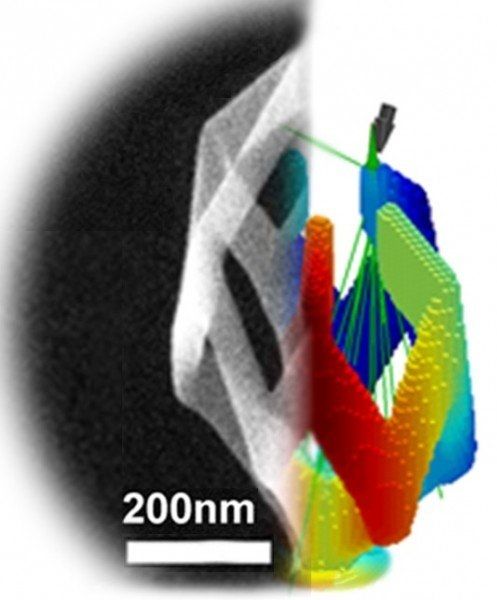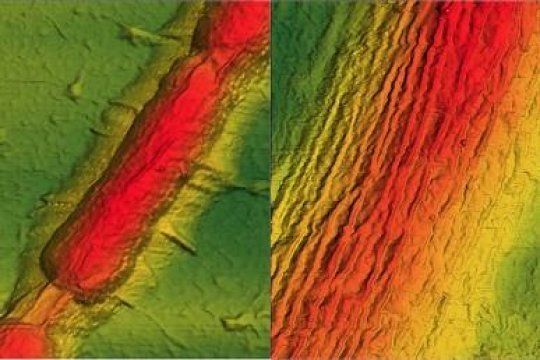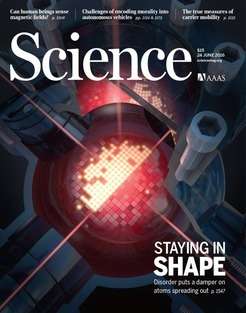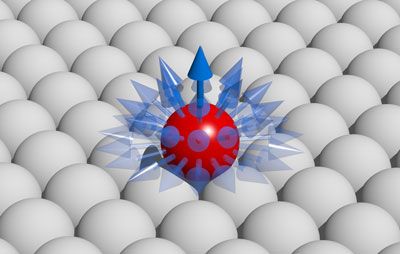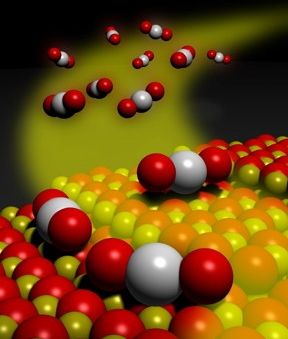Jul 12, 2016
Missouri S&T physicist works to predict atom movement
Posted by Karen Hurst in categories: particle physics, quantum physics
By laser-cooling atom clusters and studying their movements, a Missouri University of Science and Technology researcher hopes to better understand how atoms and their components are impacted and directed by environmental factors.
With a $400,000 grant from the National Science Foundation, Dr. Daniel Fischer, assistant professor of physics at Missouri S&T, tests the limits of quantum mechanics through his project titled “Control and Analysis of Atomic Few-Body Dynamics.”
In a hand-built vacuum chamber, Fischer manipulates lithium atoms by trapping them in a magnetic field and then shooting them with different lasers. This gives Fischer a large variety of initial states to test. Tests range from single, polarized atoms to larger groups that are laser-cooled to a consistent energy level. By doing so, Fischer works to help unravel the “few-body problem” that continues to confound the world of physics.
